Description
Designed to help motivate the learning of advanced calculus by demonstrating its relevance in the field of statistics, this successful text features detailed coverage of optimization techniques and their applications in statistics while introducing the reader to approximation theory.
The Second Edition provides substantial new coverage of the material, including three new chapters and a large appendix that contains solutions to almost all of the exercises in the book. Applications of some of these methods in statistics are discusses.
View more
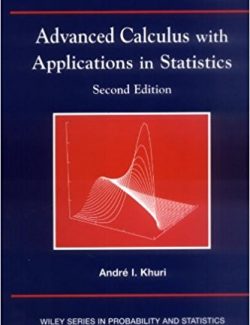
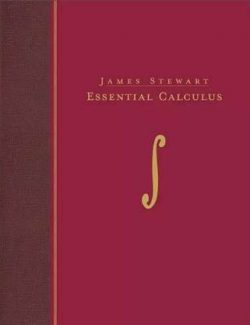
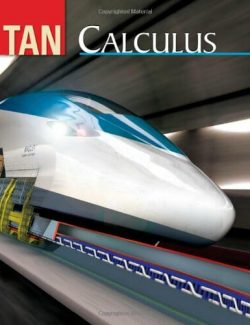

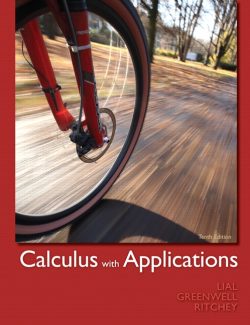
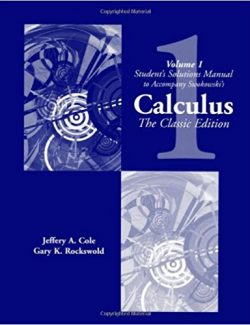
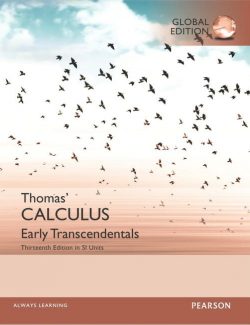
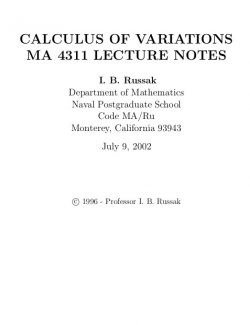
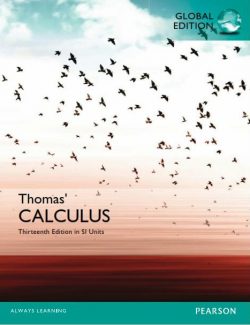
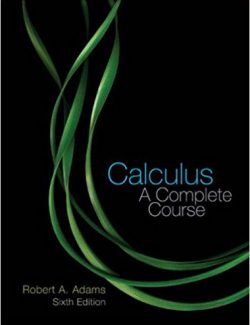
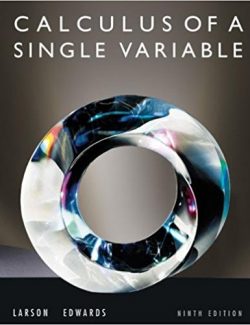
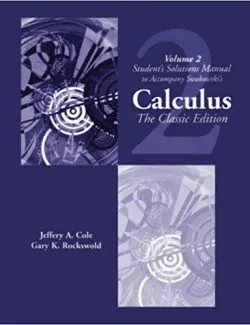
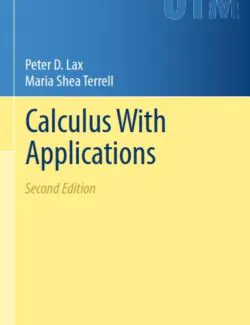
Leave us a comment
No Comments